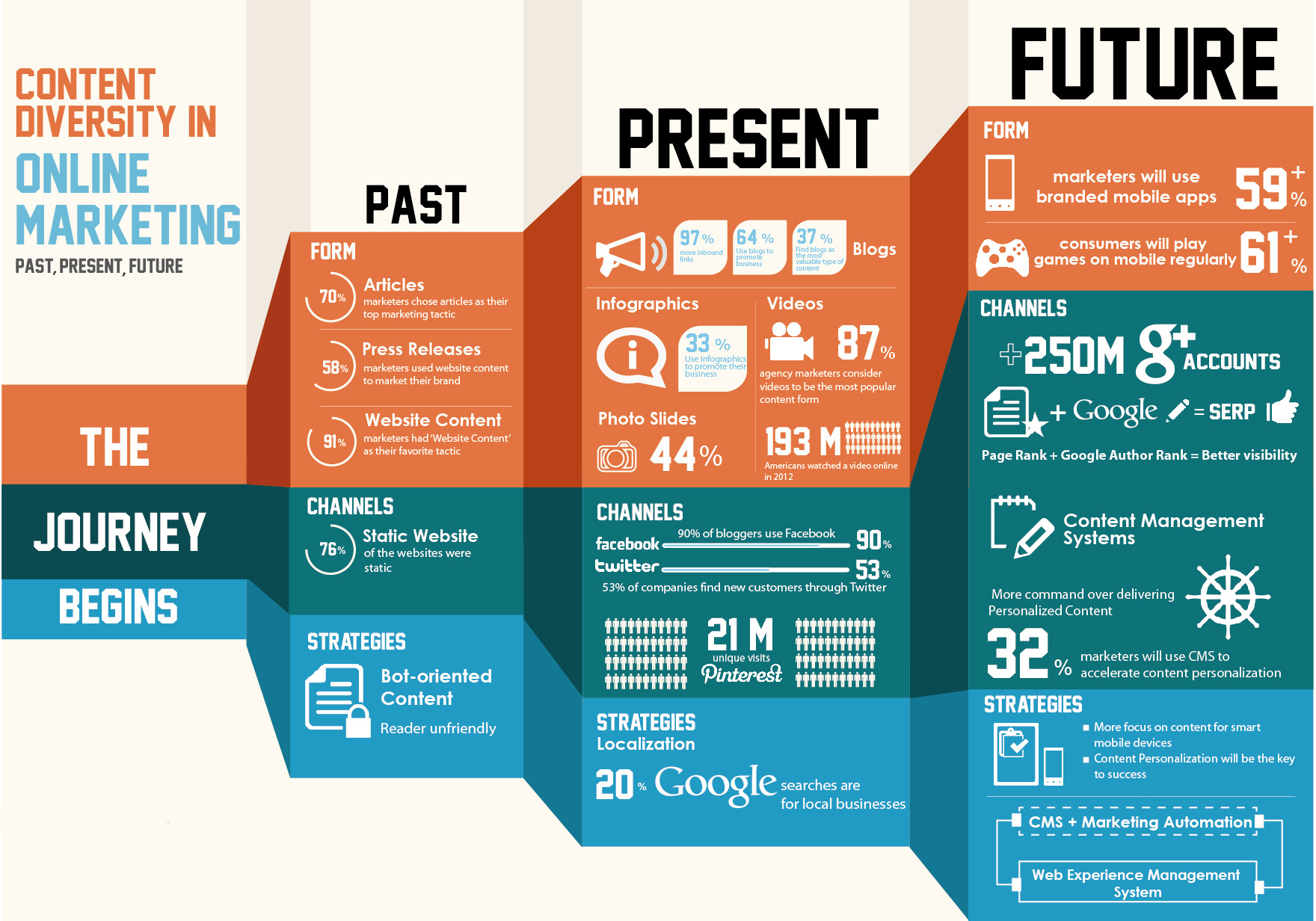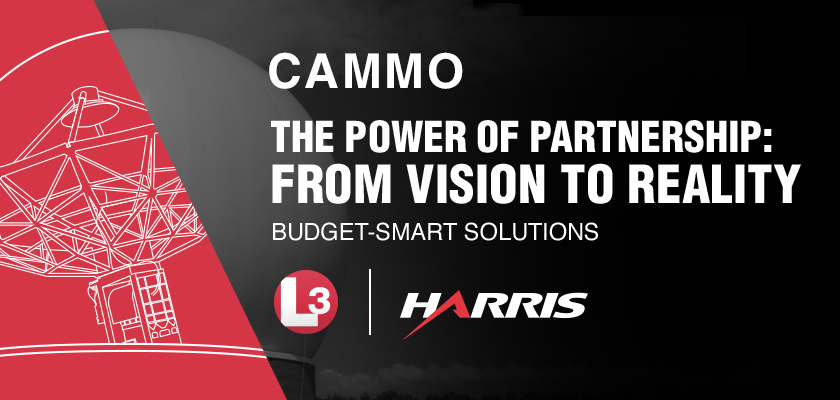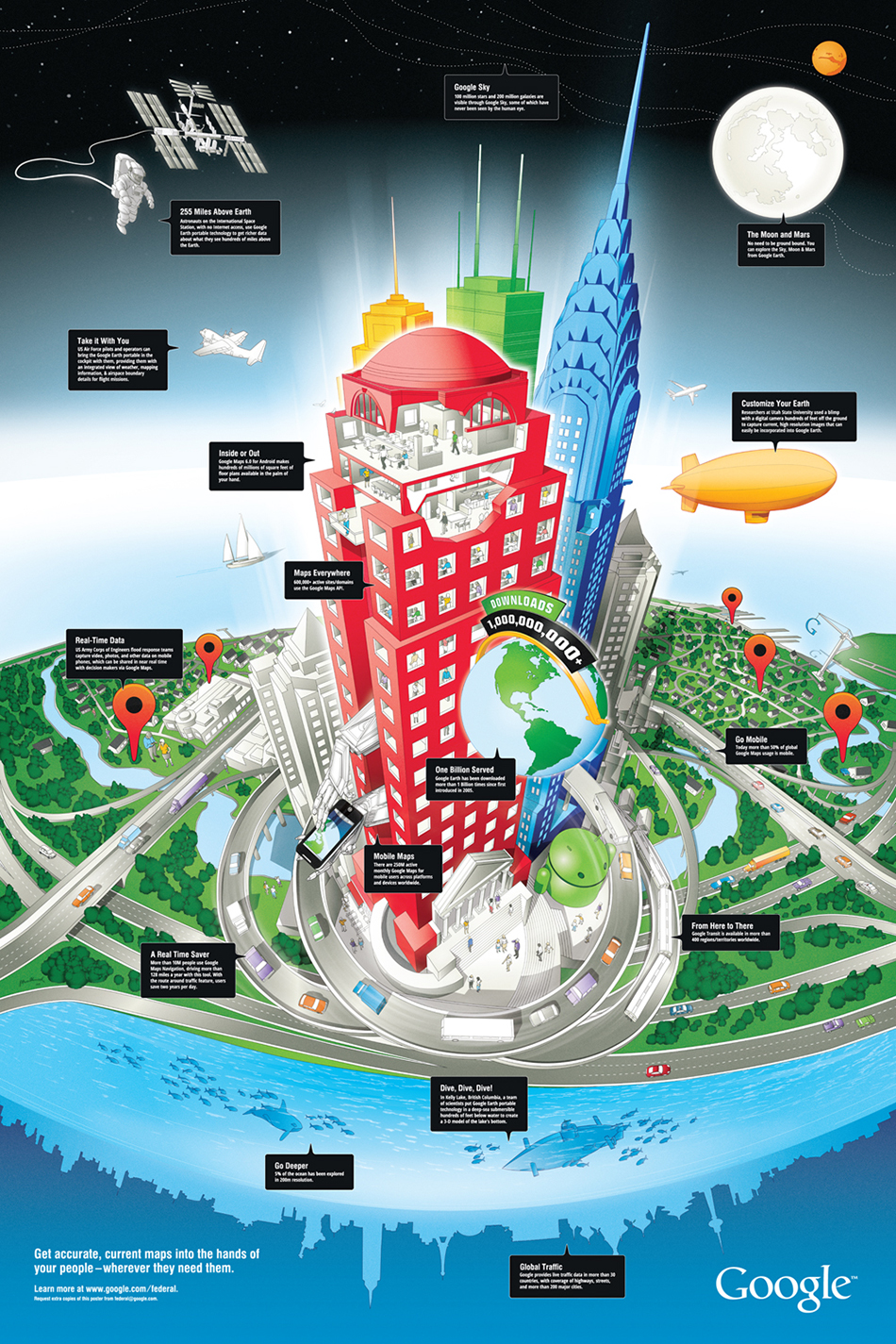It was a great privilege and honor to serve on the Executive Committee for Northern Virginia’s Step Out: Walk to Stop Diabetes Campaign in 2014. As leaders in our community, you know that each day, different storms can become a threat. One storm that is a growing threat is the growing number of people being diagnosed with diabetes, but one that still remains invisible to those not exposed to the suffering it can cause to our families – especially our children.
At the 2014 Northern Virginia Step Out: Walk to Stop Diabetes, thousands of volunteers, sponsors and supporters came together for one goal – to STOP DIABETES! It was inspirational to see so many people join the movement and spread awareness.
As we head into the holiday season, let’s continue to be inspired by the power we have a a community to stop this horrible disease.
Are you planning to integrate or upgrade your content marketing into your online marketing strategy? Not sure where to begin? Here is a basic rundown of how to create an effective content marketing strategy.
1. Establish Your Conceptual Target
An effective content marketing strategy must begin with this first critical step. The goal is typically pursuing new customer opportunities while preserving your core customer base. Understanding who they are, where their interests lie and how to get them to take action and engage with your brand is key to developing your content strategy.
2. Don’t be a One Hit Wonder
As opposed to advertising – which is driven by “The Big Idea” – to stay fresh and engaging, your content marketing strategy needs to offer a variety of premium content on a number of contextually relevant topics When content marketing teams are under resourced, they tend to gravitate back to the big idea and get boxed into a an approach that’s not scalable long term.
3. Use an Editorial Approach
Too many content marketing programs fail in the planning phases of the program because the a long term content strategy has not been fully thought out – so the content being developed using a shoot from the hip approach tends to be more episodic than strategic. The most effective way to avoid failure is to identify specific themes for your content strategy that align with the cyclical business or personal needs of your target audience
4. Be Contextually Relevant
The content you develop must be interesting, engaging and above all else, relevant. Your conceptual target should be able to quickly connect the dots between his challenges and the capabilities you can offer to overcome them – the more contextually relevant your content is to them the easier they will be able to make that connection
5. Process Driven Approach
Since content marketing is still a relatively new approach, a lot of companies are not investing adequate resources or the defined process that planning, managing and publishing an adequate amount content requires. Building a solid content marketing workflow process, and investing in the necessary resources to implement it – whether internal or external – are critical to your success.
6. Collaboration is Key
As with any emerging marketing channel – and social media is a good example of this -there is an internal struggle over which department actually “owns” it. Until that’s figured out, many companies will make it a shared responsibility between their PR, Advertising and Creative departments – passing the content baton from one silo to the next with no clear strategy. If you must borrow the resources, make sure there is a coordinated effort to collaborate as a team on the themes, goals and structure of your content marketing program.
7. Cadence and Consistency
When creating your content strategy, be sure to decide on the frequency of your content marketing so that once your audience is engaged, they stay engaged. Having a consistent and predictable flow of content that your customer can rely on is critical to establishing brand credibility.
8. Use the Right Channels
Instead of hoping your audience stumbles upon you, be sure to publish your content where they already are – in their own environment where they will be more willing to engage. Consider promoting your content on broader social sites like Twitter can make it go viral. If the content is what readers are looking for, they won’t hesitate to share – and that’s the holy grail of content marketing.
9. Leverage SEO
A solid content marketing strategy geared toward the right audience is worthless if it doesn’t reach that audience one way or the other. One of the most effective ways to leverage that content is to employ a strong SEO strategy to incorporate keywords that your customers are using to search for the solutions you are ultimately trying to sell to them
The numbers don’t lie. Traditional advertising, including online banners, print and broadcast, is becoming less effective by the minute. Business consumers know how to tune it out and have all the tools to avoid it. In your buyer’s eye, paid media is practically invisible.
So what is the alternative? First and foremost, it’s delivering content that the buyer wants and needs in order to address their challenges and understand your solution. This is the essence of today’s content marketing. It provides a steady stream of engaging content rather than traditional ads that may be intrusive and not relevant. The primary reason for this is that buyers have shown they are more apt to respond to content that addresses their pain that they opted in for versus the intrusiveness of content that is pushed on them touting a product or service they didn’t request.
Marketing allows marketers to develop a closer bond with buyers by delivering contextually relevant information that makes them more intelligent. In turn, buyers reward them with their business and loyalty. So that begs the question…isn’t it better to “own” the content rather than “rent” the real estate for traditional paid media?
There are dozens of brand studies that show content marketing generates upwards of two-and-a-half times the return on investment for every $1,000 invested in “owned” versus “rented” media. This finding makes sense based on the widely accepted assumption that most B2B buyers have already gone through 70% of their buying journey – having identified their challenge as well as potential solution providers – by the time they are ready to buy.
According to Ad Age’s BtoB Marketing Outlook Survey, 75.1 percent of B2B marketers will invest more in their content campaigns in 2014 than last year. Smart marketers are going to funnel more of their budget toward content creation, forcing them to make hard decisions about where to pull that money from. Advertising is set up to be the fall guy.
Marketers need to pay close attention to these changing dynamics. Advertising will always have a place in marketing budgets, but for the growing number of us that live and die by ROI, having an effective content marketing publishing and distribution strategy will be a top priority in 2015. What’s in your budget?
L-3 Communications, in partnership with Harris Corporation, hired Bluetext to help them pursue the Air Force’s $1B Satellite Control Network (AFSCN) Modifications, Maintenance & Operations (CAMMO) Contract. Air Force AFSCN is a critical operational national security resource used for the global deployment and operation of National Security Space (NSS) Systems used primarily by the DOD and NASA to protect vital US interest worldwide.
L-3 is currently a subcontractor under the existing contract and as such is already vertically and horizontally integrated within Air Force teams inside of these facilities and in fact are the only team with current experience on all consolidated CAMMO elements and as such could provide a low risk, seamless transition.
Bluetext worked with the L-3/Harris Capture teams to develop a campaign strategy that would position them as a Prime by highlighting the many advantages they bring to the table. The overarching campaign theme we developed is:
“The Power of Partnership, From Vision to Reality”
The creative strategy of this project began with the core concept of the ad, “from vision to reality.” The left side of the ad is a wireframe representing the vision with the right side representing its reality. After the wireframe of the satellite was created, it was overlaid on top of the red diagonal to create a striking visual element to draw attention to the campaign. We incorporated a large area of blackness to emulate space that would further support the strong type of the advertisement.
The first series of ads were placed in a high visibility areas inside of Colorado Springs Airport, a key travel hub for Air Force brass. The media plan for the campaign also includes online, print and OOH media placed strategically to maximize reach and frequency throughout the entire contract RFP and award life-cycle.
CMOs are in a race to transform their sales and marketing organizations to meet the 24X7 buying cycle of the modern consumer. To be successful they must overcome the challenges of and embrace the opportunity available to them in today’s increasingly digital communications environment. The key to successful transformation – enabling an enterprise-wide integrated marketing automation program fueled by a great content marketing strategy – begins with these three critical steps:
1. Break down the silos within and between sales and marketing teams and invest in a cross-organizational, systems-based marketing approach to reduce the inefficiency of working independently and relying on competing databases and having to produce unique content for each. The systems-based approach employs a single customer database to more effectively communicate with their customers in a consistent way using a common pool of shared content, assets and information.
2. Building stronger content marketing competencies is key for any brand owner to meeting the 24X7 buying cycle of the modern consumer. While it’s about contextually relevant brand story telling that both inspires and informs your audience – there must be a business reason for it…and must be integrated with the rest of your plan with a clear call to action and path to conversion. And above and beyond everything else – it must be shareable.
3. One of my favorite sayings is “without a map, any road will take you there” and that is why a well-designed and properly executed 12-18 month plan against which you can employ data analytics to measure and course correct, is critical to the success of any marketing automation program.
With CMO technology budgets set to exceed those of the CIO by 2017, the stage is set for software giants to offer even more innovative marketing automation tools that will no doubt be more effective and easy to implement over time – but until then marketers must continue to be digital evangelists in order for their organizations to adapt and ultimately transform to a well-oiled content marketing machine that can keep pace with today’s consumer.
From the second we wake up until the moment we fall asleep – our time and attention is dispersed across multiple screens, devices and media channels – this mass audience attention deficit disorder is further exacerbated by the fact that our primary screen of interest seems to change by the minute.
Lee Rainie of the Pew Internet and American Life Project summed up this phenomenon best, calling it “a constant state of partial attention”. So for marketers – this begs the question: How are you going to get my attention – and more importantly – get me to take action?
Roy H. Williams, author and lifelong student of humanity, wrote in his “Wizard of Ads” Trilogy that marketers typically assume that their audience is seeing and hearing their ads – yet rarely is this the truth. In reality the sheer volume of advertising that gushes toward the mind is like a fire hose aimed at a teacup – there simply too much coming at us to contain. Most of the information aimed at our brains is deflected, spilled or lost. And at the end of the day, precious little is actually retained.
As technology continues to drive how we communicate – it is also forcing marketers to innovate and embrace the powerful role that technology can play in driving demand above the funnel through brand engagement – or get crushed by their peers who have already adapted their strategies to stay one step ahead of an audience dispersed across an increasingly digital media landscape.
Roy Williams quipped that your audience will only ultimately recall an experience it was actively engaged in. So for your marketing to be truly effective, the audience must be a participant in it. The one tool Roy didn’t have access to when he wrote those words was digital marketing – for now anyway, and with the right agency partner – the easy button for today’s marketer to catch and actively engage his or her audience as they move ever so swiftly through their multi-screen lives.
We love pushing the envelope with our clients who understand the only way to stay visible – and relevant – is to continue to engage their audience in bold and innovative ways that gets them to stop and pay attention to their message. I have embedded a few examples of that which I am hopeful will get you to do the same.
We are excited to announce the launch of our West Coast operations with the addition of Donna Gibbs to the Bluetext team. Donna is a seasoned communications and marketing professional with a successful track record of bringing innovative solutions to the high tech and consumer markets. Her range of experience includes serving as a Vice President at Nike, as Executive Vice President in charge of Western Operations for Weber Shandwick, and as Executive Vice President for the Racepoint Group, establishing its West Coast practice. Most recently she served as CMO for innovative mobile media companies in Europe.
It was only a matter of time. Bluetext works with so many recognized, large California-based companies that have sought us out for branding, digital marketing and strategic communications, that we thought it was the right time to come to them. Our Bay Area clients range from Adobe and Lithium, to Google, NetApp, VMWare, Intel, McAfee and Cisco. The addition of Donna will bring an experienced presence that can deliver a broad range of branding, creative digital strategies, web design, traditional public relations and social media to both emerging companies and global brands.
“Bluetext is on the cutting edge of creative and digital strategies that can drive a competitive advantage for companies seeking new ways to reach their target audiences,” said Donna. “Emerging and large enterprises across the West Coast can benefit greatly from the team’s creative approach and strategic and executional expertise in the public, private and social sectors.”
But can it save the music industry? Doubtful…
For the first time in its 44-year history, Rolling Stone Magazine is giving its readers the final decision about what band to put on a forthcoming cover.
Sixteen unsigned rock bands will compete for an Atlantic Records recording contract and to be featured on the cover of Rolling Stone magazine in collaboration with Atlantic Records and AOLMusic.com. Apparently, Rolling Stone has selected 16 of what it calls “undiscovered acts” to compete for the hearts and minds of its online audience…an obvious bid to stay more relevant in an industry that’s collapsing under its own weight.

http://www.rollingstone.com/choosethecover/blog/about-20110207
When Trevor Horn penned the lyrics to “Video Killed the Radio Star” which would be the first video ever to air on MTV more than 20 years ago at the same time as FM radio was becoming mainstream in cars, he could not possibly have imagined that the “new technology” he refers to would have had the profound effect it has today. The impact is not just in music, but in virtually every way we communicate, forcing traditional media to embrace the very technology that is killing it in return for a much slower and more painful death.
And as publishers like Rolling Stone are scrambling to figure out how they can compete against new and emerging platforms, more dynamic advertising has also emerged to help engage consumers in a way that traditional media simply cannot. After all, digital media IS media and it’s time for marketers to stop talking about ‘going digital’ and actually just start living it. In the interim, best to look for an agency that already has.





